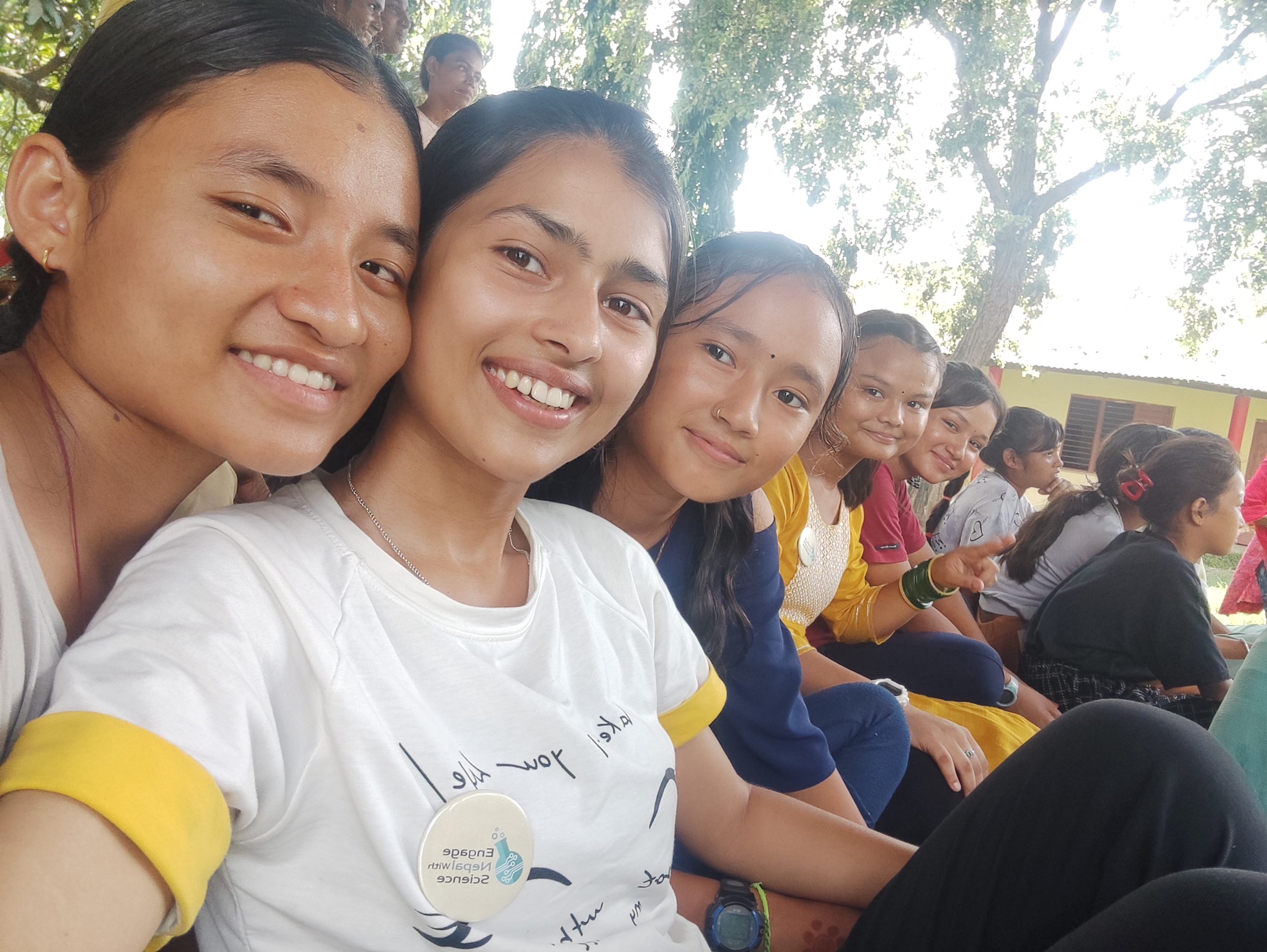Meet The Microbes! An eye-opening experience! – Blog Post
– Siraha program –
On 3rd August early in the morning a team of three researchers and three volunteers packed their bags and began their trip to Siraha from the Research Institute for Bioscience and Biotechnology. Passing through the woods and the beautiful moods, the straight windy roads to the hasty turnings, from the top of the hills to the flattened land, from the cool cold hilltops to the warm evaporating Terai (the Nepali lowlands) we entered the beautiful Siraha district.
The main theme behind the trip was to make school students meet with microbes, their importance, function and uses. The School science program was conducted at Tulsiram Satya Vhama Dotel Higher Secondary school, Bhisnupur Katti, Siraha. During the two days stay we conducted the following activities:
Day 1
On the first day, students were taught the process of yoghurt preparation and Soap making. Firstly, our researchers gave a presentation on the science behind the working mechanism of yeast. Then the working mechanism of bacteria in making yoghurt, and then the mechanism of saponification.
After the presentation, we made yoghurt and soap using our hands. We also experimented on the functioning of yeast. The students were so excited to see new processes and learn new skills and terms.
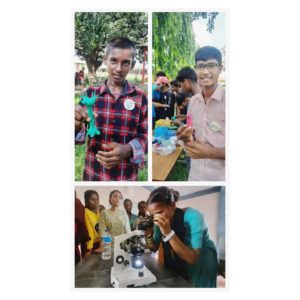
Day 2
The second day was even more interactive than the first day. In the first half we checked on the yoghurt we prepared on the first day. It was beautifully made and all of us enjoyed the yoghurt. We also tried the soap we prepared the previous day and washed our hands with it to do the experiment of clean and dirty hands using agar plates. With cool yoghurt we started our day, set up our tables and made stalls. Four different stalls were made as per the program plan. The following activities were conducted on this day:
1. Zoo in the pond
Here we showed the microbes from the surrounding water to the students. The main theme of this program was to show students the different types of microbes found in a drop of water at the nearby pond and the school’s tap water. With the microscope, we could view the movement of microbes and students were very excited to see it. Some microorganisms were observed in tap water, indicating the importance of boiling tap water before drinking it!
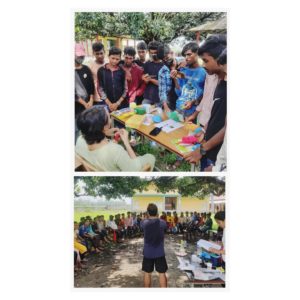
2. Making microbes
Students were allowed to make various shapes of different types of bacteria and viruses using plasticine. It was quite fun to make microbes with our hands while talking about them and their features, their ways of transmission and how to combat them. This activity was a great opportunity to view the creative skills of the students!
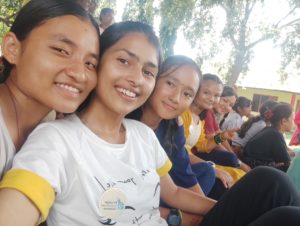
3. Gram staining
Here students got to learn to identify the gram-negative and gram-positive organisms. They also learned to use and focus a microscope. The process of gram staining and the difference between gram-negative and gram-positive bacteria was taught to the students practically.
4. Algae and its uses
Here the students got to know about the importance of the algae that we see each day around us. Also, the various functions, uses, properties and the production process of algae was taught using layman terms that could be easily understood by everyone.
60 students participated in the program and all of them participated actively. Everyone was very excited to learn new things and experience them with their own eyes. In the two-days program, some changes were seen in the student’s mindset about science. They were saying science is interesting when experienced by doing. Overall the program was very fruitful and memorable.
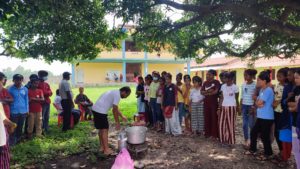
I would also like to add something about the researcher’s experience: The most interesting part of the project was seeing the curiosity of the students and teachers. The way they were raising questions and their excitement to make microbes by themselves using plasticine and seeing the movement of the microbes under the microscope were memorable moments of the project. Along with students and teachers we also learned about the benefits of learning-by-doing. This program taught us that we could change the student’s experience and conception of the learning process with workshops like this’.
Programs like this are important for students. It helps students to change their perspective about subjects they think are too complex. A lot of students feel science is the most difficult subject. This was due to a lack of practical knowledge. This program taught us that we could change the student’s experience and conception of the learning process with workshops like this.
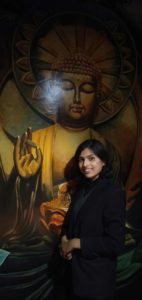
Post by Prativa Bhatta (RIBB researcher)
Meet the Microbes is supported by the Society for Applied Microbiology

